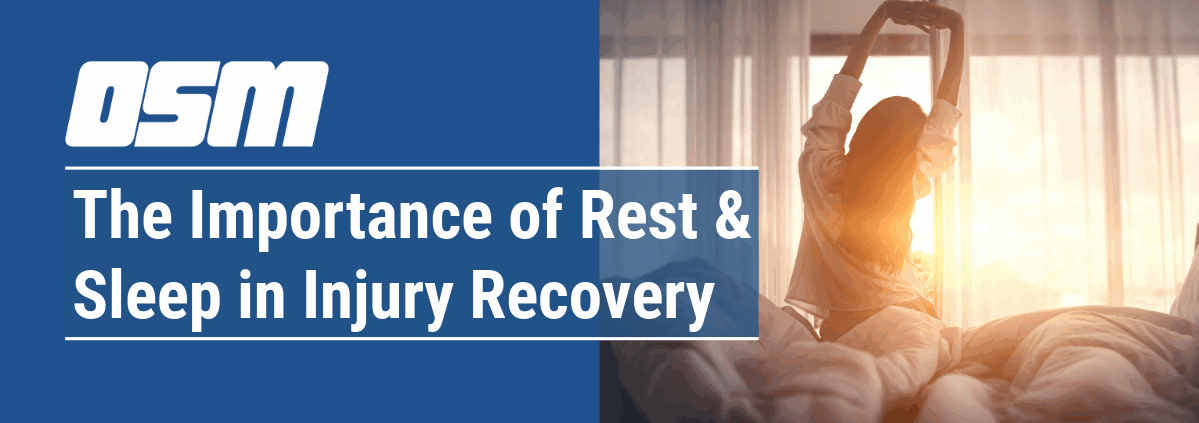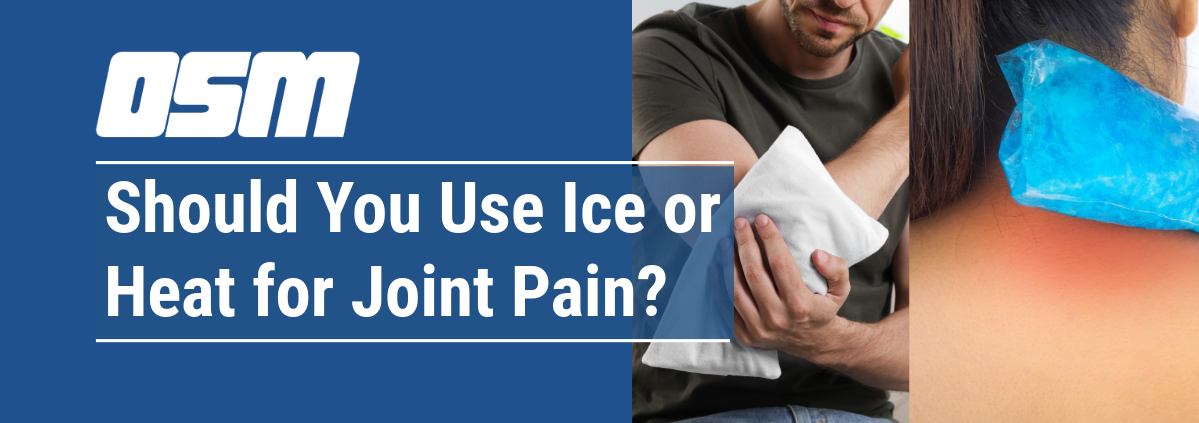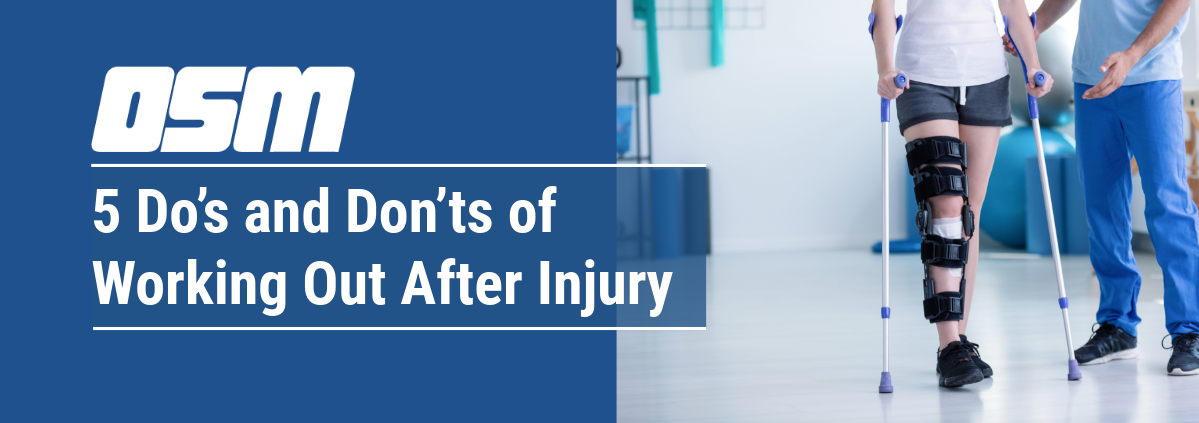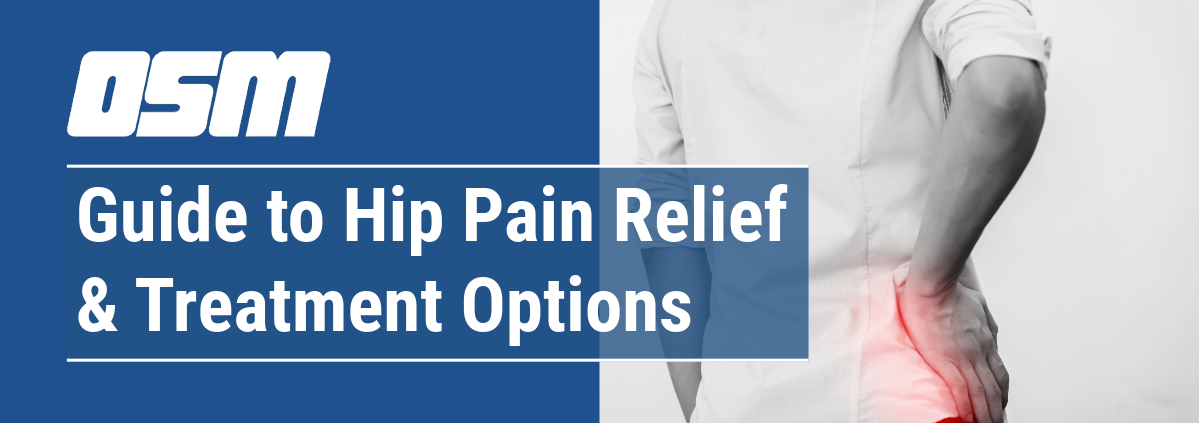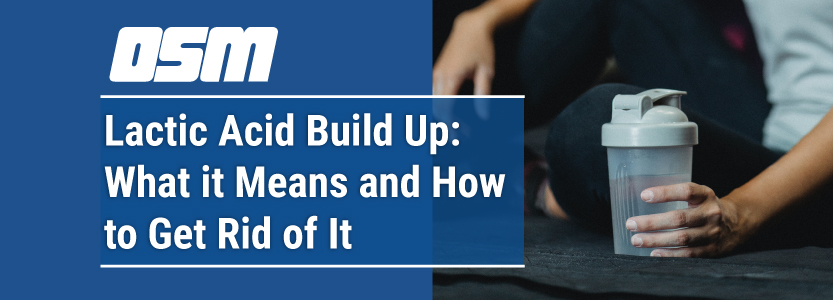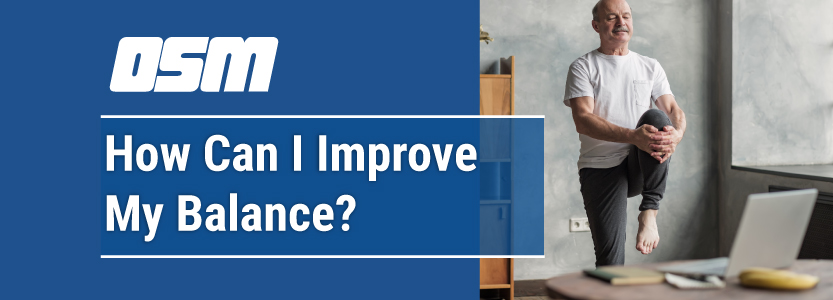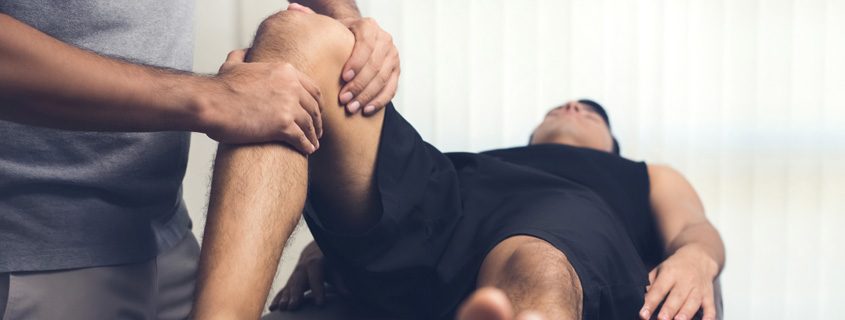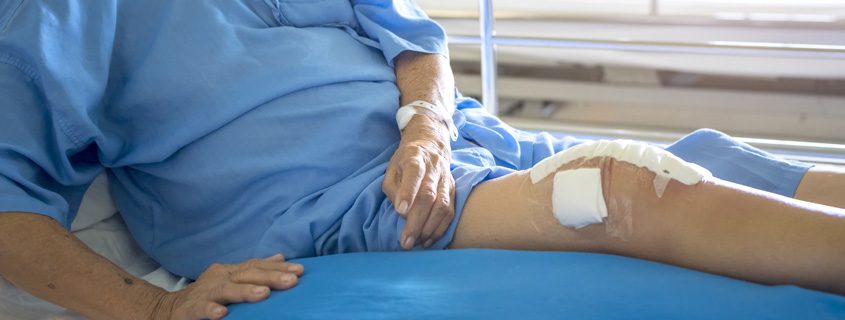The Importance of Rest & Sleep in Injury Recovery
Article featured on City Orthopaedics & Sports Medicine
While exercise, nutrition, and therapy are often emphasized in recovery and overall health, one key factor that cannot be overlooked is rest and sleep. Many patients underestimate the profound impact that rest and quality sleep have on their body’s ability to heal, perform optimally, and maintain long-term health. Whether you are recovering from surgery, managing a chronic illness, or trying to improve your overall wellness, rest and sleep are crucial for both physical and mental well-being.
Why Sleep Is Essential for Healing
During sleep, the body enters a restorative state where it works to repair damaged tissues, muscles, and cells. The process of healing requires energy, and much of this energy is spent while we are asleep. In fact, research shows that sleep plays a critical role in:
- Cell regeneration and tissue repair: Growth hormones are released during deep sleep, which aid in muscle recovery, tissue repair, and cellular regeneration.
- Inflammation reduction: Chronic lack of sleep can increase inflammation in the body, which can hinder recovery from injury, surgery, or illness. Adequate rest can help to regulate inflammatory processes and support healing.
- Immune function: Sleep is a key player in maintaining a strong immune system. While asleep, the body produces cytokines, proteins that help the immune system fight infections and inflammation. A lack of sleep can compromise immune function, leading to slower recovery and a higher risk of illness.
How Sleep Affects Mental and Emotional Health
Recovery isn’t just physical. Emotional well-being is a vital part of the healing process, and sleep is deeply linked to mood regulation and mental health. Poor sleep or insufficient rest can lead to irritability, increased stress, and even symptoms of anxiety or depression, which can further affect one’s ability to recover physically.
In contrast, adequate sleep improves cognitive function, boosts memory, and supports emotional stability, helping individuals manage the challenges of illness or injury with a clearer, more positive mindset. Sleep also promotes relaxation, reducing the body’s stress response and promoting a sense of overall well-being.
The Link Between Rest and Performance
For athletes or individuals recovering from intense physical activity, rest and sleep are essential to maintain peak performance. Without adequate recovery time, muscles and joints do not have the opportunity to heal and strengthen properly, leading to fatigue, increased injury risk, and decreased physical performance.
In the context of injury or rehabilitation, sleep helps the body process and respond to the exercises and treatments you’re doing during the day. It allows muscles to rebuild, soft tissues to repair, and the nervous system to recalibrate, making you more resilient and ready for the next day’s challenges.
Tips for Improving Sleep Quality
If your patients struggle with sleep, offering simple tips to improve sleep quality can be highly beneficial:
- Establish a consistent sleep schedule: Going to bed and waking up at the same time each day helps regulate the body’s internal clock.
- Create a relaxing bedtime routine: Encourage patients to wind down with activities like reading, taking a warm bath, or practicing relaxation techniques before bed.
- Limit screen time: The blue light from phones and computers can disrupt the production of melatonin, the hormone that helps regulate sleep. Encourage avoiding screens at least an hour before bedtime.
- Maintain a comfortable sleep environment: A dark, quiet, and cool room can help promote deeper, more restorative sleep.
Conclusion
Whether your patients are recovering from an injury, managing a chronic condition, or simply seeking to improve their overall health, rest and sleep are powerful tools in their healing and wellness journey. By prioritizing good sleep hygiene and making rest a non-negotiable part of their routine, patients can optimize their recovery, enhance their physical and mental well-being, and prevent burnout. Remember, proper rest isn’t a luxury—it’s a critical component of a healthy, balanced life.
The Orthopedic & Sports Medicine Center of Oregon is an award-winning, board-certified orthopedic group located in downtown Portland Oregon. We utilize both surgical and nonsurgical means to treat musculoskeletal trauma, spine diseases, foot and ankle conditions, sports injuries, degenerative diseases, infections, tumors and congenital disorders.
Our mission is to return our patients back to pain-free mobility and full strength as quickly and painlessly as possible using both surgical and non-surgical orthopedic procedures.
Our expert physicians provide leading-edge, comprehensive care in the diagnosis and treatment of orthopedic conditions, including total joint replacement and sports medicine. We apply the latest state-of-the-art techniques in order to return our patients to their active lifestyle.
If you’re looking for compassionate, expert orthopedic and podiatric surgeons in Portland Oregon, contact OSM today.
Phone:
503-224-8399
Address
1515 NW 18th Ave, 3rd Floor
Portland, OR 97209
Hours
Monday–Friday
8:00am – 4:30pm

